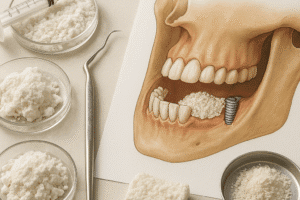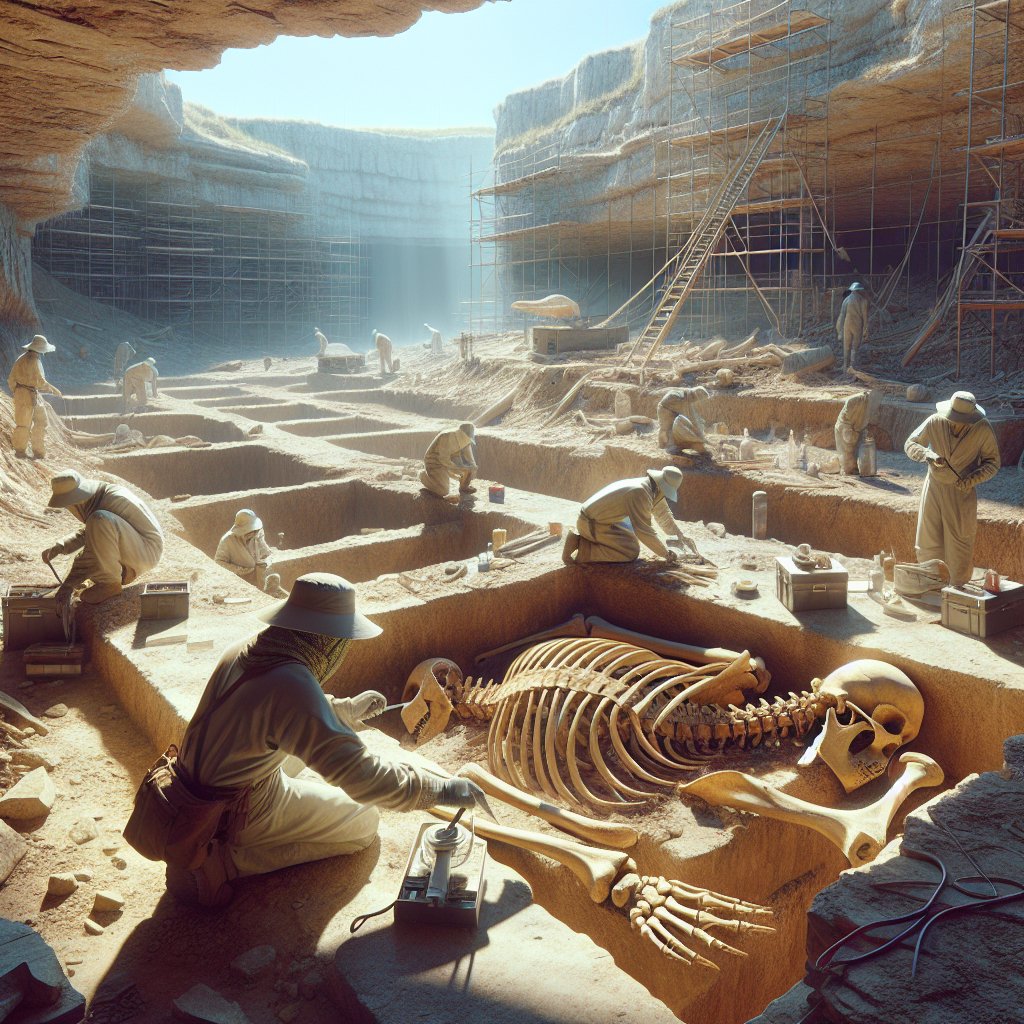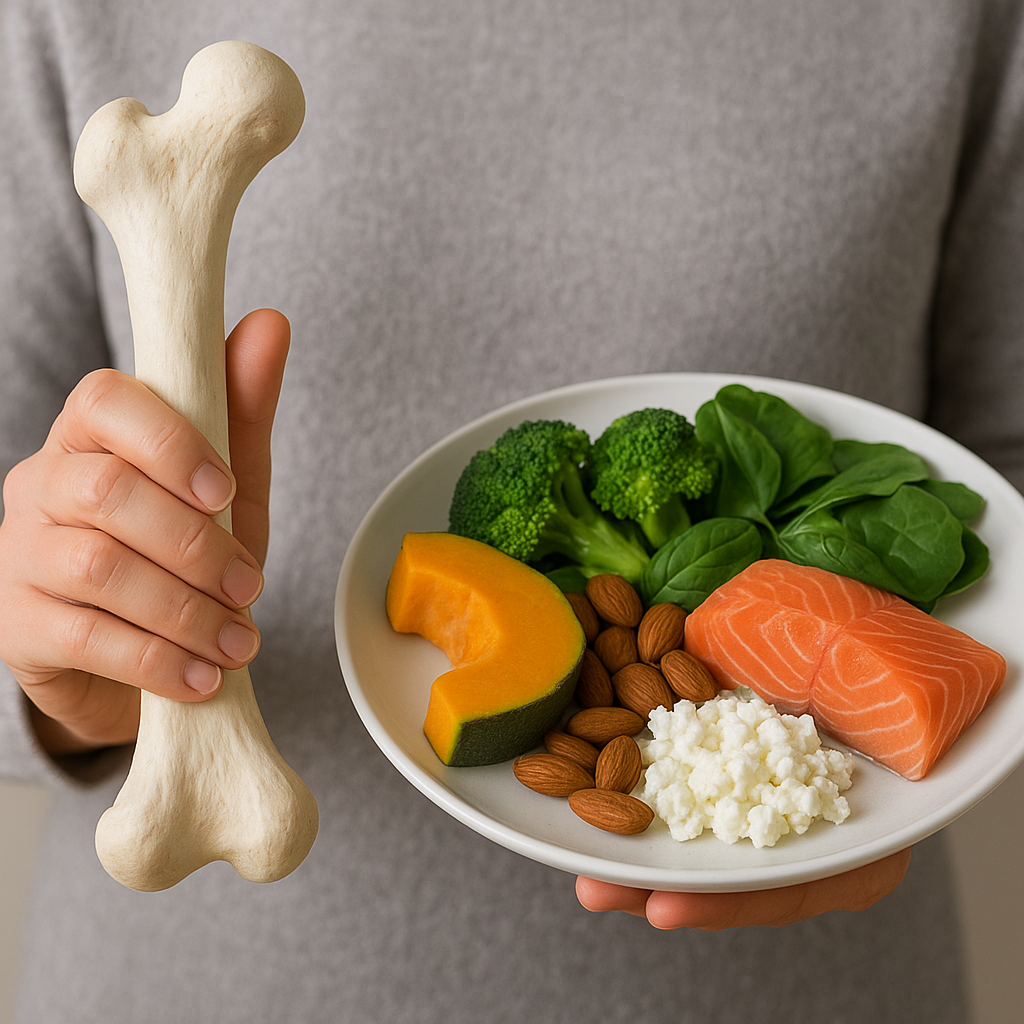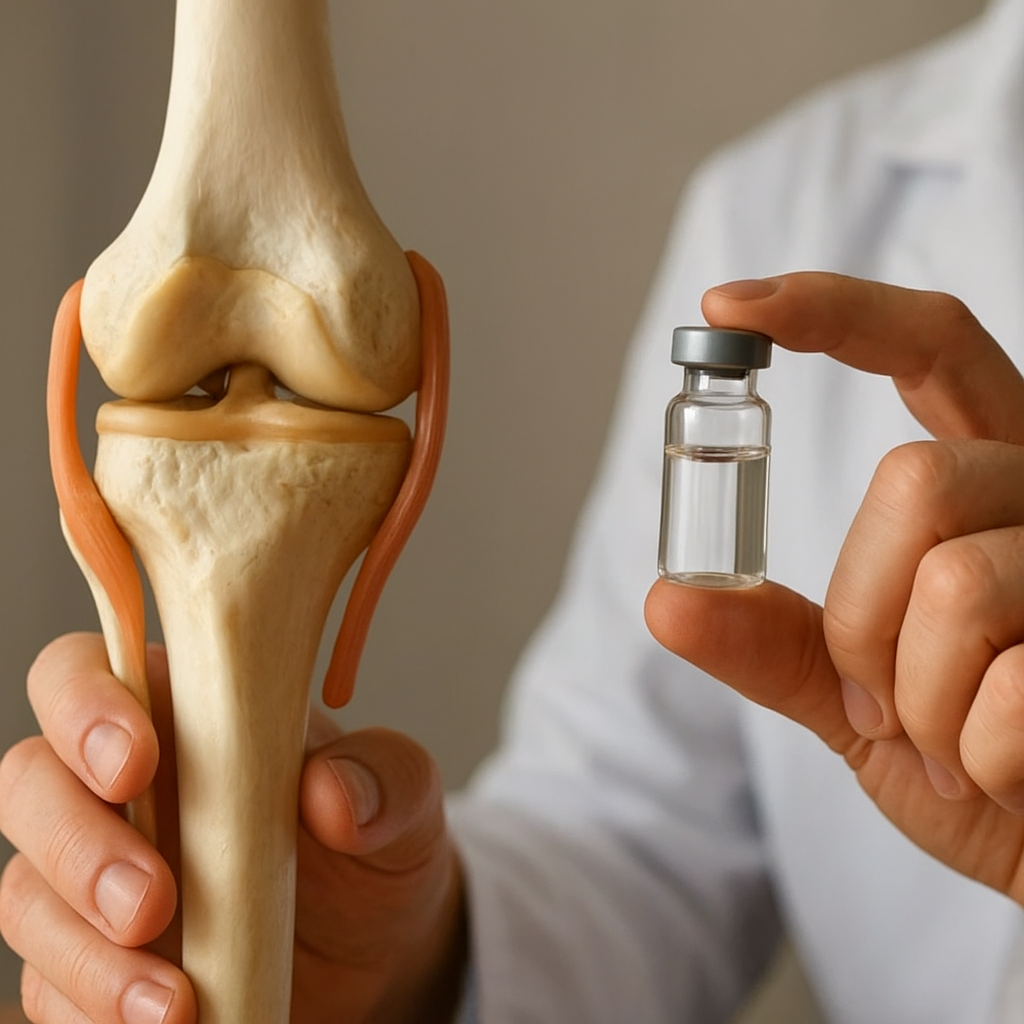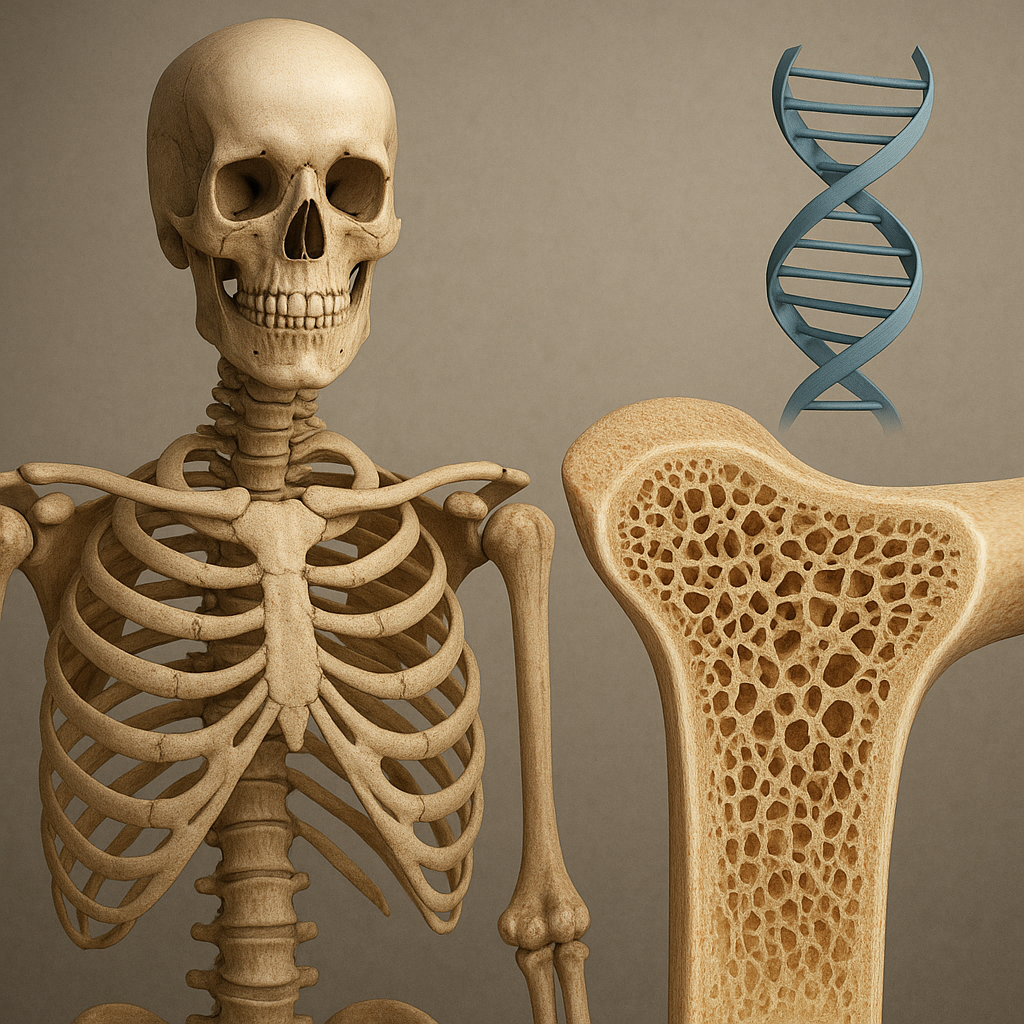Bone preservation in archaeological digs is a critical aspect of understanding past human behaviors, cultures, and environments. The study of ancient bones provides invaluable insights into the lives of our ancestors, their diets, health, and even their social structures. However, the preservation of these organic materials poses significant challenges due to various environmental factors and the inherent properties of bone itself. This article explores the methods employed in the preservation of bones during archaeological excavations and the challenges faced by archaeologists in ensuring the integrity of these vital artifacts.
Methods of Bone Preservation
Preserving bones during archaeological digs involves a combination of careful excavation techniques, appropriate storage conditions, and sometimes, chemical treatments. Each method aims to minimize damage and degradation, ensuring that the bones can be studied and analyzed effectively.
Excavation Techniques
The first step in preserving bones is the excavation process. Archaeologists employ various techniques to carefully unearth skeletal remains without causing damage. Some of the key methods include:
- Stratigraphic Excavation: This method involves digging in layers, allowing archaeologists to understand the context of the bones within the site. By carefully removing soil in horizontal layers, they can preserve the spatial relationships between artifacts and bones.
- Wet Excavation: In cases where bones are found in very dry or fragile conditions, archaeologists may use a wet excavation technique. This involves moistening the surrounding soil to prevent the bones from crumbling during removal.
- Use of Tools: Specialized tools, such as trowels, brushes, and dental picks, are used to gently excavate around the bones. This precision helps to avoid unnecessary breakage or damage.
Storage and Transport
Once bones are excavated, proper storage is crucial for their preservation. Archaeologists follow specific protocols to ensure that the bones remain intact during transport and storage:
- Controlled Environment: Bones should be stored in a controlled environment with stable temperature and humidity levels. Fluctuations can lead to cracking or warping.
- Use of Acid-Free Materials: When packaging bones for transport, archaeologists use acid-free boxes and tissue to prevent chemical reactions that could degrade the material.
- Labeling and Documentation: Each bone or group of bones is meticulously labeled and documented to maintain a clear record of its provenance and context.
Chemical Treatments
In some cases, chemical treatments may be applied to enhance the preservation of bones. These treatments can help stabilize fragile specimens and prevent further degradation:
- Consolidants: These are chemical solutions that penetrate the bone structure, providing additional support and preventing disintegration.
- Desiccants: In situations where moisture is a concern, desiccants can be used to absorb excess humidity, protecting the bones from mold and decay.
Challenges in Bone Preservation
Despite the various methods available for bone preservation, several challenges persist that can hinder the effectiveness of these techniques. Understanding these challenges is essential for improving preservation practices in the field of archaeology.
Environmental Factors
Environmental conditions play a significant role in the preservation of bones. Factors such as soil composition, moisture levels, and temperature can greatly affect the state of skeletal remains:
- Soil Acidity: Acidic soils can lead to the rapid degradation of bone material. In such environments, bones may dissolve or become brittle, making excavation and preservation more difficult.
- Moisture Levels: High moisture levels can promote the growth of bacteria and fungi, which can further deteriorate organic materials. Conversely, extremely dry conditions can cause bones to become fragile and break easily.
- Temperature Fluctuations: Rapid changes in temperature can cause bones to expand and contract, leading to cracking and structural damage.
Human Factors
Human activities can also pose significant challenges to bone preservation. These include:
- Improper Excavation Techniques: Inexperienced or careless excavation can lead to damage of bones. It is crucial for archaeologists to be trained in proper techniques to minimize risks.
- Contamination: The introduction of modern materials or chemicals during excavation can contaminate the bones, complicating analysis and interpretation.
- Vandalism and Looting: Archaeological sites are often at risk of vandalism or looting, which can result in the loss of valuable skeletal remains and disrupt the context of the findings.
Technological Limitations
While advancements in technology have improved bone preservation methods, limitations still exist:
- Access to Resources: Not all archaeological sites have access to modern preservation technologies, which can hinder effective preservation efforts.
- Cost of Treatments: Chemical treatments and controlled storage facilities can be expensive, limiting their use in some excavations.
- Training and Expertise: The effectiveness of preservation methods often depends on the expertise of the personnel involved. A lack of trained professionals can lead to suboptimal preservation practices.
Conclusion
Bone preservation in archaeological digs is a complex process that requires careful planning, execution, and ongoing management. The methods employed, from excavation techniques to chemical treatments, are essential for ensuring that these valuable artifacts can be studied and understood. However, the challenges posed by environmental factors, human activities, and technological limitations must be addressed to improve preservation outcomes. As the field of archaeology continues to evolve, ongoing research and innovation will be crucial in developing more effective strategies for the preservation of bones, ultimately enhancing our understanding of human history.





